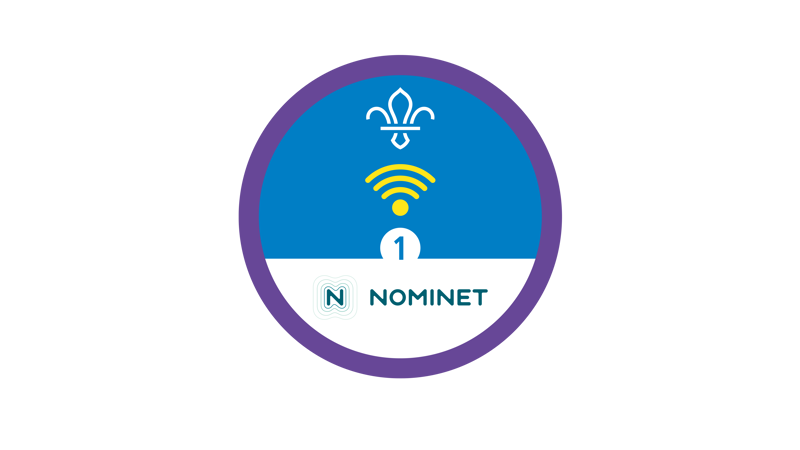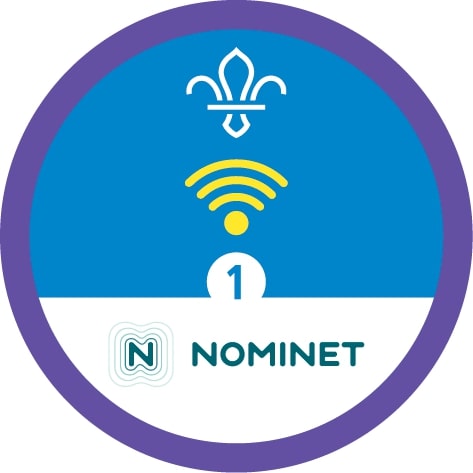
What’s in the box?
You’ll need
- Scissors
- Bowls
- Boxes
Before you begin
- You’ll need a selection of prizes. Some should be things young people may want, for example, snacks, craft items, or the power to decide which games are played for the rest of the term. Some should be much less desirable, for example, a half-eaten banana, a single sock, or a broken pen.
- Put one prize into each box.
- If you’ve got a lot of people, it may work best to split into smaller groups. A few groups could play at once, or you could run this activity as one base alongside other activities.
Play the game
- Everyone should sit in a circle. The person leading the game should put a chair in the middle of the circle.
- The person leading the game should choose one person to be the prize holder. They should choose a box and sit on the chair.
- The prize holder should open the box to find out what their prize is. They shouldn’t tell or show anyone what’s in the box. They could react, though, perhaps by looking pleased or excited.
- Everyone else should start trying to persuade the prize holder to give up their prize. It’s up to them whether they work as a group or as individuals taking it in turns. They should experiment with different methods, to see which work best. Everyone must stay in the circle, and no one can use physical force.
- The prize holder should decide how much they value the prize they have. They can keep it for themselves, share it with the group, or give it to the group. If they share the prize with the group, they should choose another box – but they must share what’s in it. If they give the prize to the group, they should choose another box and keep the prize inside for themselves.
- The person leading the game should keep the game moving – they may need to say ‘stop’ and ask the prize holder for their decision if it’s going on too long.
- Everyone should take it in turns to be the prize holder. The group may start to work out which strategies work best, and the prize holders may develop strategies of their own.
Reflection
This activity was all about communicating and negotiating. It gave everyone the chance to understand two points of view – the people who wanted something and the person who had it. Negotiations happen all the time, both online and offline. Which strategies worked best? What does this mean for conversations and debates both offline and online – how should people communicate in these situations?
This activity was also a chance to think about others people’s feelings and the impact of people’s actions. How did it feel when people shouted and demanded the prize? Did it make the prize holder want to share? How about flattery – did it feel genuine or fake? Some of the prizes were more valuable than others. People have lots of different values and opinions, and some of them are very valuable. It can be different between different people – something that isn’t important to one person may be really valuable to someone else. How can people remember this when interacting online? Can everyone think of some strategies for successful, positive online interactions?
Safety
All activities must be safely managed. You must complete a thorough risk assessment and take appropriate steps to reduce risk. Use the safety checklist to help you plan and risk assess your activity. Always get approval for the activity, and have suitable supervision and an InTouch process.
- Scissors
Supervise young people appropriately when they’re using scissors. Store all sharp objects securely, out of the reach of young people.
- Online safety
Supervise young people when they’re online and give them advice about staying safe. Take a look at our online safety or bullying guidance. The NSPCC offers more advice and guidance, too. If you want to know more about specific social networks and games, Childnet has information and safety tips for apps. You can also report anything that’s worried you online to the Child Exploitation and Online Protection Command. As always, if you’ve got concerns about a young person’s welfare, including their online experiences, follow the Yellow Card to make a report.
The prize holder could reveal their prize to help the group choose their strategy. The person leading the game can suggest strategies to get the game going until everyone gets the idea.
People could work in pairs to come up with ideas together, if that works better.
All Scout activities should be inclusive and accessible.
Hopefully people will find that strategies such as negotiation work best. They could use these techniques in future, for example, to debate topics or make decisions (like choosing group trips or camp activities).
Young people could help choose the prizes in the boxes so they know that some of them are valuable to them.
